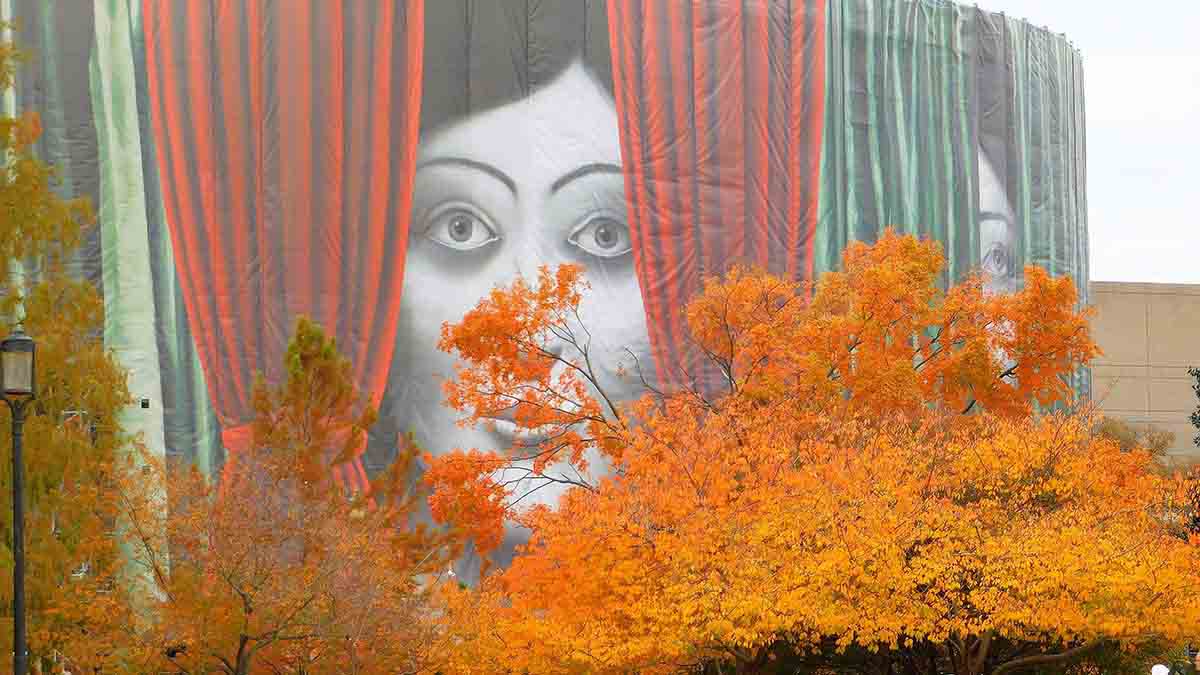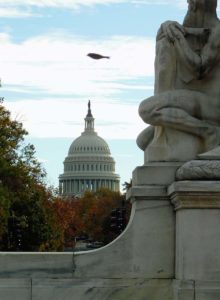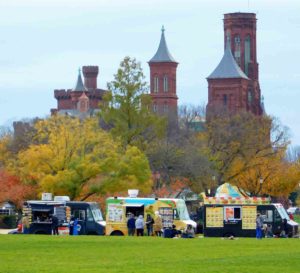Living in the Baltimore-Washington Corridor, we are fortunate to be situated between several major cities renowned as important hubs for entertainment and tourism. However, “fortunate” does not necessarily mean convenient. While Washington D.C., is chock-full of historical buildings, memorials, and monuments a real mecca for tourists getting there is not always half the fun. When driving by car to Washington, finding adequate, legal parking for said vehicle could be the biggest challenge that you’ll face that day. Between tourists and government workers, parking comes at a premium when you find it. You could call an Uber or Lyft, or a cab. No parking is required then. But all those vehicles currently parked in Washington had to drive to get there, and herein lies another roadblock (yes, the pun is intended), traffic. Be it Uber, Lyft or cab, traffic can be your worst daytime nightmare. Stop and go, right turn, left turn, red light, green light, 1-2-3 it’s enough to keep you at home.
But if you’re not opposed to sitting in traffic and rather appreciate the extra “me” time, a bus may be your answer. The Maryland Transit Administration’s commuter buses will give you a lift on weekdays from Annapolis, Severna Park, Kent Island or Davidsonville to Washington. There are MTA buses leaving from all points with most runs occurring during the early morning and afternoon rush hours. The bus fare is very affordable, just $6 one way, $5 for Seniors.
But if you’re interested in a mode of transit that doesn’t have to contend with traffic, or parking downtown, and also runs on weekends, there is one ride left to explore the railway and that’s where this trip to Washington D.C. begins.
It was a lovely, late autumn day with sunshine, blue skies, mild temperatures, and a slight chill in the air. It was perfect walking conditions to warrant an impromptu visit to the National Mall and the Smithsonian Museums that flank its perimeter.
Amtrak and Marc Penn Line trains use the same railways and have similar schedules. The biggest difference between the two carriers seems to be the train fare, with Amtrak being more expensive. We chose to ride the Marc train that departs from the BWI Marshall Station at BWI Thurgood Marshall Airport. There is also ample vehicle parking at the BWI train station.
Purchasing tickets from the machine at the station seemed simple enough. There was a ticket agent behind the counter, who directed us to the wall of machines where the tickets were sold and dispensed. Another ticket agent stood by the machines presumably available should a customer raise a query or express a concern. The trek to the Mall in DC cost $16 round trip.
The BWI Marshall Marc Station was well-equipped with a bright, comfortable waiting room with adequate seating and rest facilities. There is also an area with vending machines dispensing beverages and snacks.
The ride from BWI Marshall to Washington Union Station took less than 45 minutes and was smooth sailing all the way. With less than a half dozen stations to stop at along the way, we arrived in Union Station in a reasonable amount of time.
Washington Union Station is worth investigating on its own. Opened in 1907, the facility has seen decades of commuters and visitors pass by its thick walls and high arches under dramatic cathedral ceilings. The great halls have witnessed many improvements and changes to the structure to maintain it and to accommodate the millions of travelers requiring modern, current services. There are restaurants and shops here for the convenience of travelers as they come and go for business and pleasure.
Stepping out through gigantic front doors onto grand steps, the visitor gets a first glimpse of the United States Capitol in all it’s glory. A leisurely stroll around the Capitol on grounds painstakingly landscaped and maintained brings you to the very center of it all, the National Mall stretching from the Capitol to the Washington Monument. Gazing down the length of it from the Capitol steps, the visitor’s eye is drawn to a row of ageless buildings on each side of the Mall, museums housing priceless artifacts. And on the cross streets between are rows of colorful trucks selling their wares and services. Short-order chefs offer a variety of cuisines and flavors, while tour guides arrange customized sightseeing packages, and souvenir vendors sell snow globes and flags and posters featuring Washington’s most notable attractions.
Millions of people flock to the Smithsonian Institution year-round. The very popular Air and Space museum and the museum of Natural History are huge attractions on the Mall. The American Indian museum, American History museum and African American History and Culture museum all celebrate the history of the diverse cultures that define us as a nation.
Museum Row would not be complete without the wondrous art galleries found there. The world-renowned National Gallery of Art is situated just off the Mall, near the Capitol. Then midway down the Mall is a cluster of buildings that house the Smithsonian’s art galleries. The African Art museum, the Arts and Industries Building, the Sackler Gallery and Freer Gallery are all conveniently adjacent to each other.
Perhaps the most impressive sight on the Mall is the circular building that houses the Hirschhorn Museum. The structure itself is a work of art with its colorful murals and portraits adorning the building that faces the Mall. Directly in front of the Hirschhorn Museum is an outdoor sculpture garden featuring sharp, detailed, life-like statues and inanimate objects softened by the greenery and sculptured plants that surround them in contrast.
Most of the larger museums and many of the smaller galleries are open for public viewing. Social distancing is observed indoors, and face masks must be worn in all buildings. It’s best to check the websites for the individual museums for operating hours, admission, and other pertinent information specific to that particular property.
The walk to and from Union Station to the National Mall is moderate in length but still easily doable. But for a quicker, more adventurous mode of transportation, be sure to check the bicycle and scooter rentals outside of Union Station. The trip home on the Marc train was as quiet and uneventful as the ride that brought us to Washington. We didn’t have to find our car, and we didn’t have to drive home. Instead, we boarded the train, sat down, and reflected on our lovely day on the National Mall.
For bus and train information and schedules, go to www.mta.gov. Masks are required on all public transportation.
Sharon is a freelance photojournalist and a proud “Bay” Boomer from Anne Arundel County. Contact Sharon via email at [email protected].
Commuter buses
Commuter Buses
You can save money by catching a commuter bus to D.C., if you’re willing to visit on a weekday and plan your visit around the times the buses run. Maryland commuter bus routes 220, 230 and 260 run from the Annapolis area to Washington. Routes 240 and 250 run from Kent Island to Washington, and the 250 also stops in Davidsonville.
Other parts of the state are also served by commuter buses to Washington. You can find them at https://www.mta.maryland.gov/schedule?type=commuter-bus
Some tips:
- The printed schedules for each route can be easier to understand than the website.
- If it’s your first time riding a route, ask the driver where to catch the bus for the return trip.
- Look for a placard on the front window of the bus that identifies the route you’re taking.
- Routes 230 and 250 have stops closer to the Mall attractions.

Let's keep in touch!
Keep up with the latest OutLook by the Bay information by signing up here. We promise not to waste your time.




